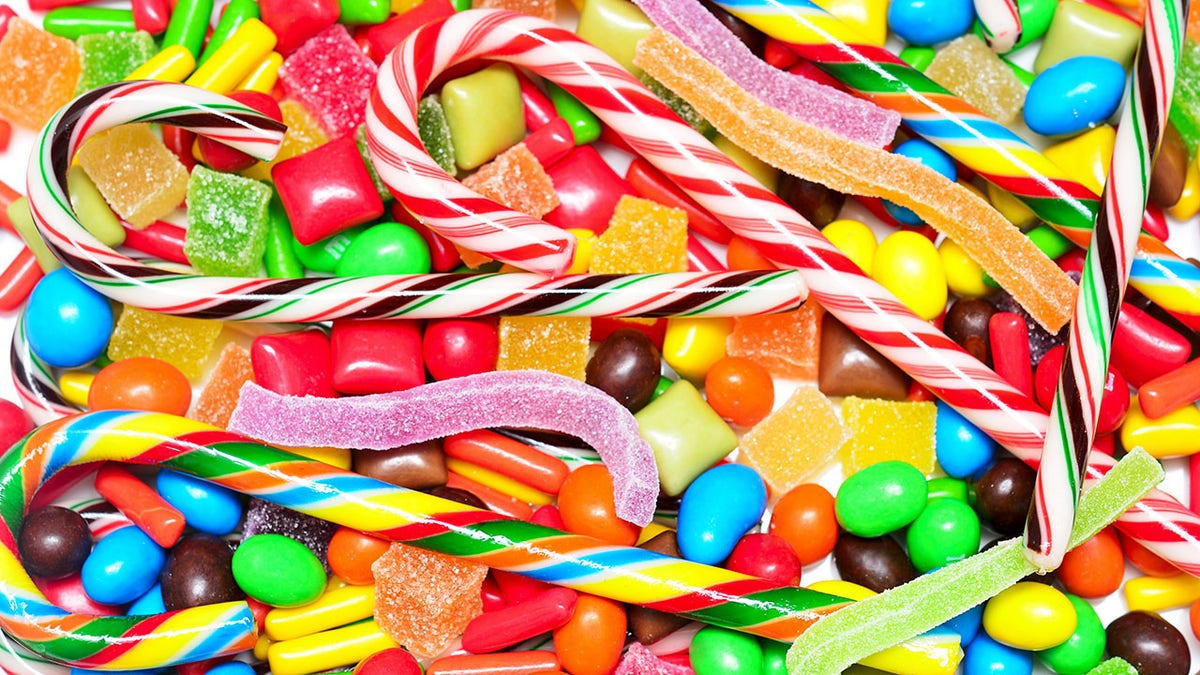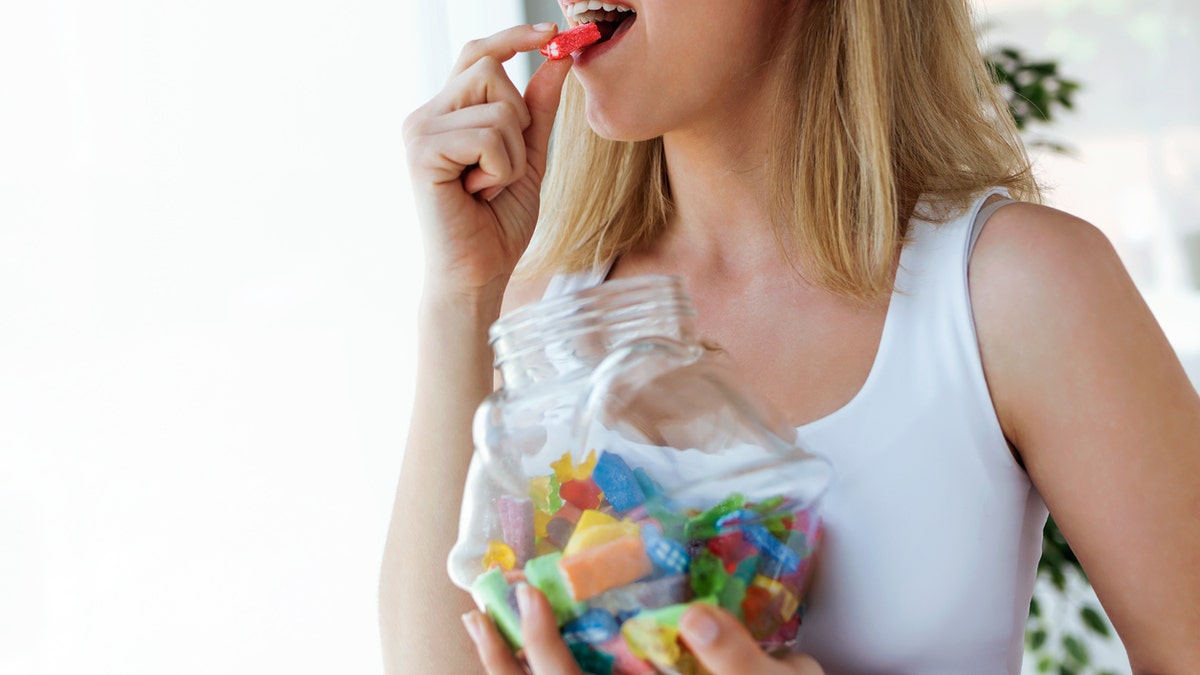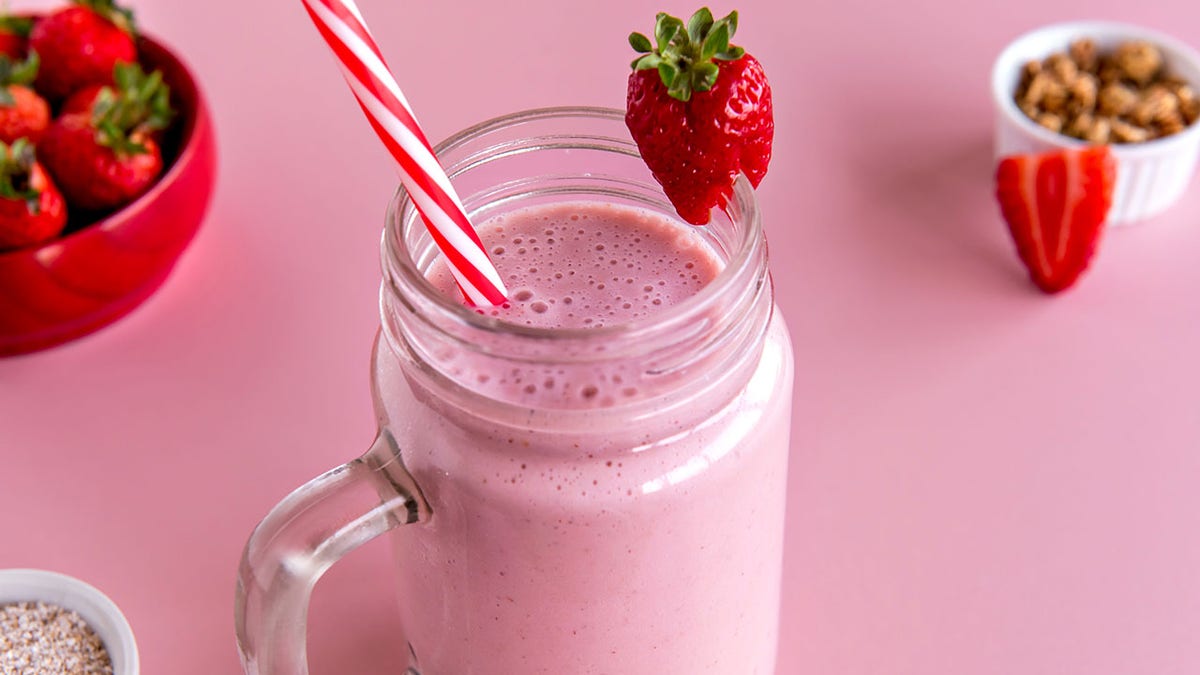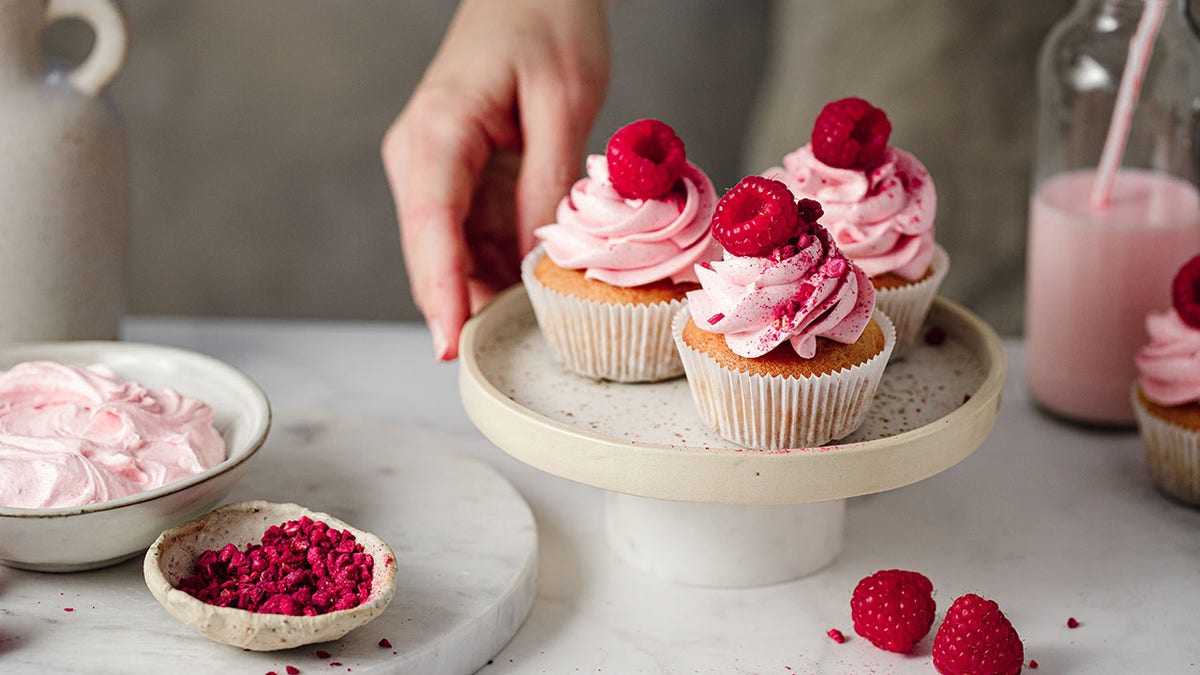The U.S. Food and Drug Administration (FDA) recently banned red dye No. 3, also known as erythrosine, from food and oral medications due to potential cancer risks. This decision, lauded by health experts, comes after a decades-long push for its removal. While food manufacturers have until January 2027 to comply and drug manufacturers have until January 2028, the move signifies a significant step towards a safer food supply.

Red 3, commonly found in candies and other sweets, was removed from cosmetics almost 35 years ago due to similar cancer concerns. Nutritionists like Ilana Muhlstein expressed relief at the FDA's decision, highlighting the dye's long-standing presence in foods despite prior evidence linking it to cancer in animal studies. Consumer advocacy groups and researchers have also raised concerns about its potential connection to hyperactivity and ADHD in children.

Certified holistic nutritionist Robin DeCicco echoed these sentiments, questioning why the dye remained in food while being banned from cosmetics. She pointed out that evidence of its cancer-causing potential in rats has existed for decades. While celebrating the ban as a victory for public health, she expressed frustration at the delay, noting that other countries and organizations had recognized the risks much earlier. The FDA's awareness dates back to the 1980s, yet lobbying efforts from food manufacturers prolonged the dye's use due to its low cost and convenience.

Red 3 is often found in products marketed towards children, including candies, cereals, and even some unexpected items like vegan meats, fruit cups, and flavored water. Muhlstein emphasized the importance of staying informed about food ingredients and seeking healthier alternatives. DeCicco encouraged consumers to prioritize high-quality ingredients and read labels carefully. She also noted the potential benefits of removing artificial dyes and additives for children with ADHD as part of a comprehensive treatment plan.

Fortunately, natural alternatives exist for achieving vibrant food colors. Muhlstein suggested using pomegranate juice, crushed freeze-dried strawberries, beetroot powder, hibiscus powder, or mashed raspberries. These options offer a healthier way to maintain the visual appeal of food without compromising safety.

The National Confectioners Association affirmed their commitment to food safety and compliance with FDA guidelines. This ban represents a positive development in public health, prompting greater awareness and encouraging healthier food choices.
Comments(0)
Top Comments